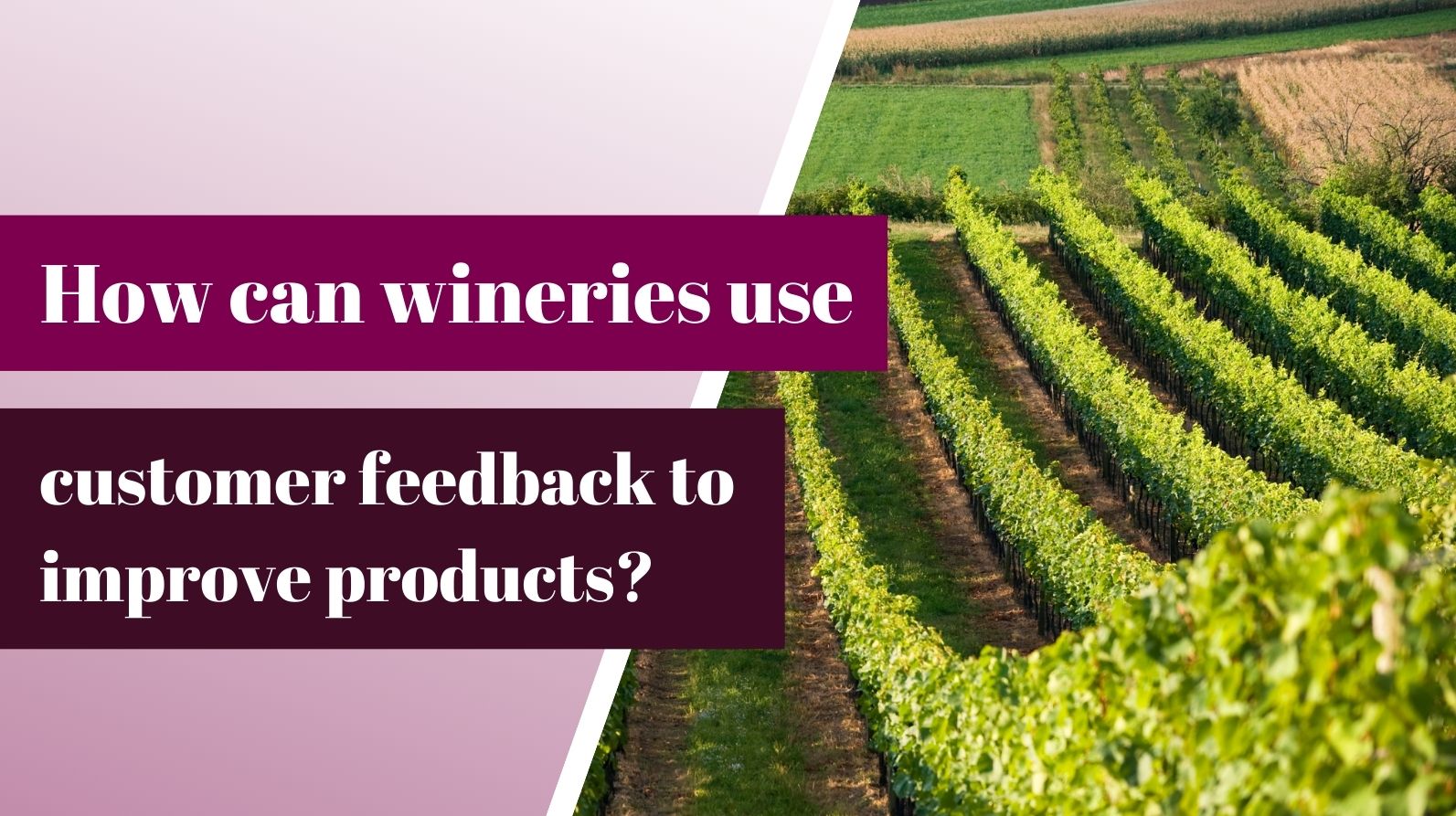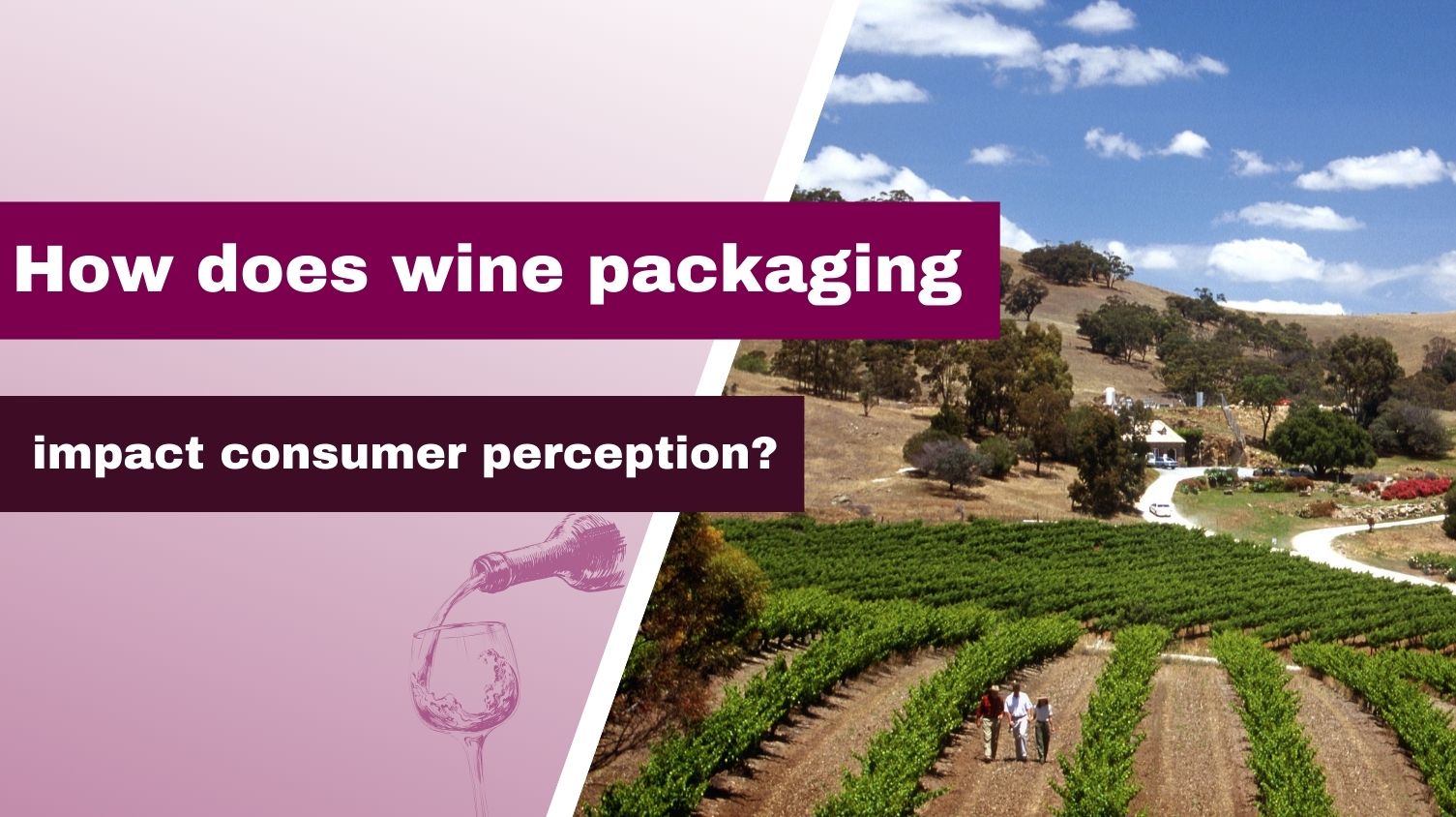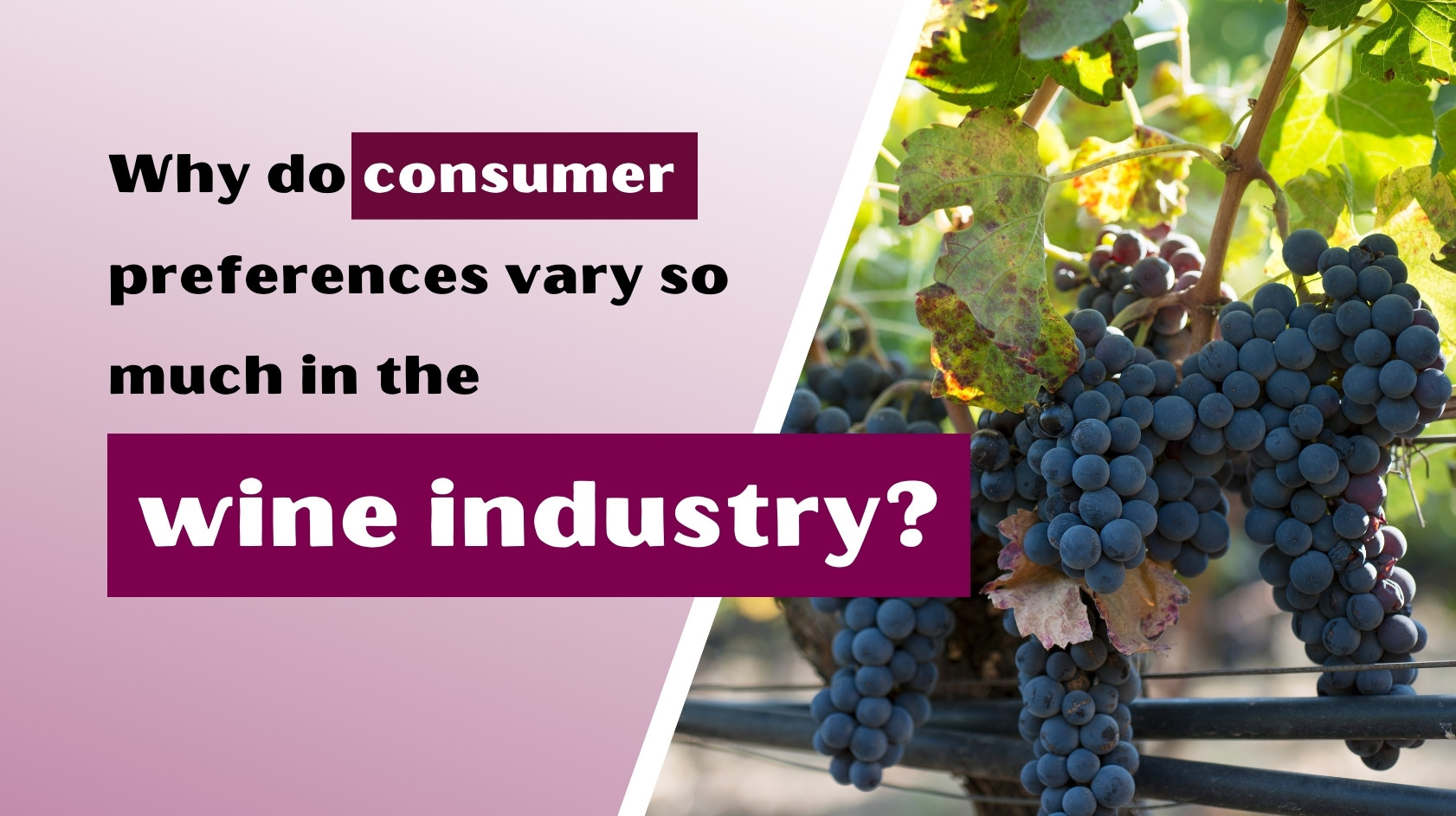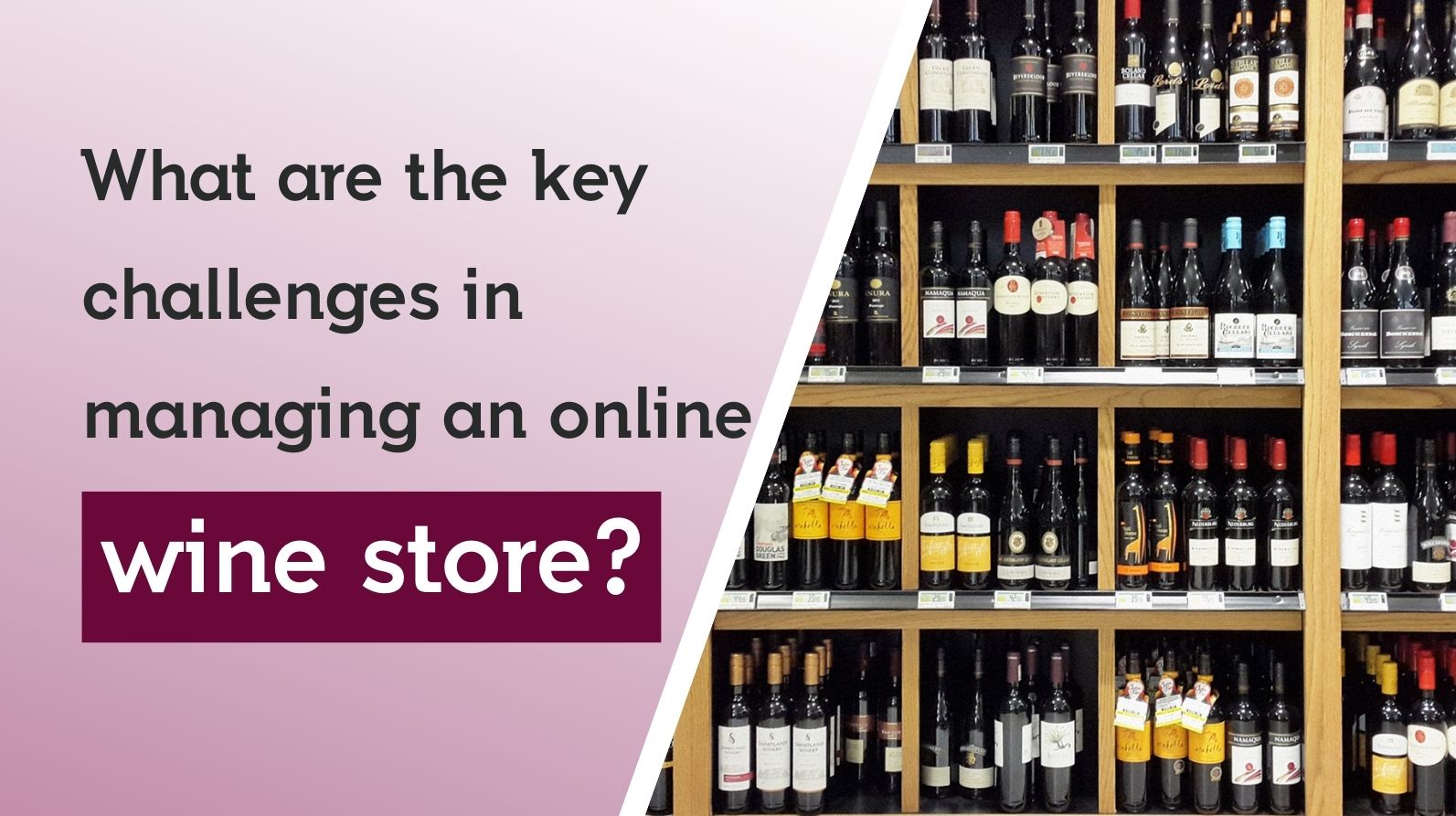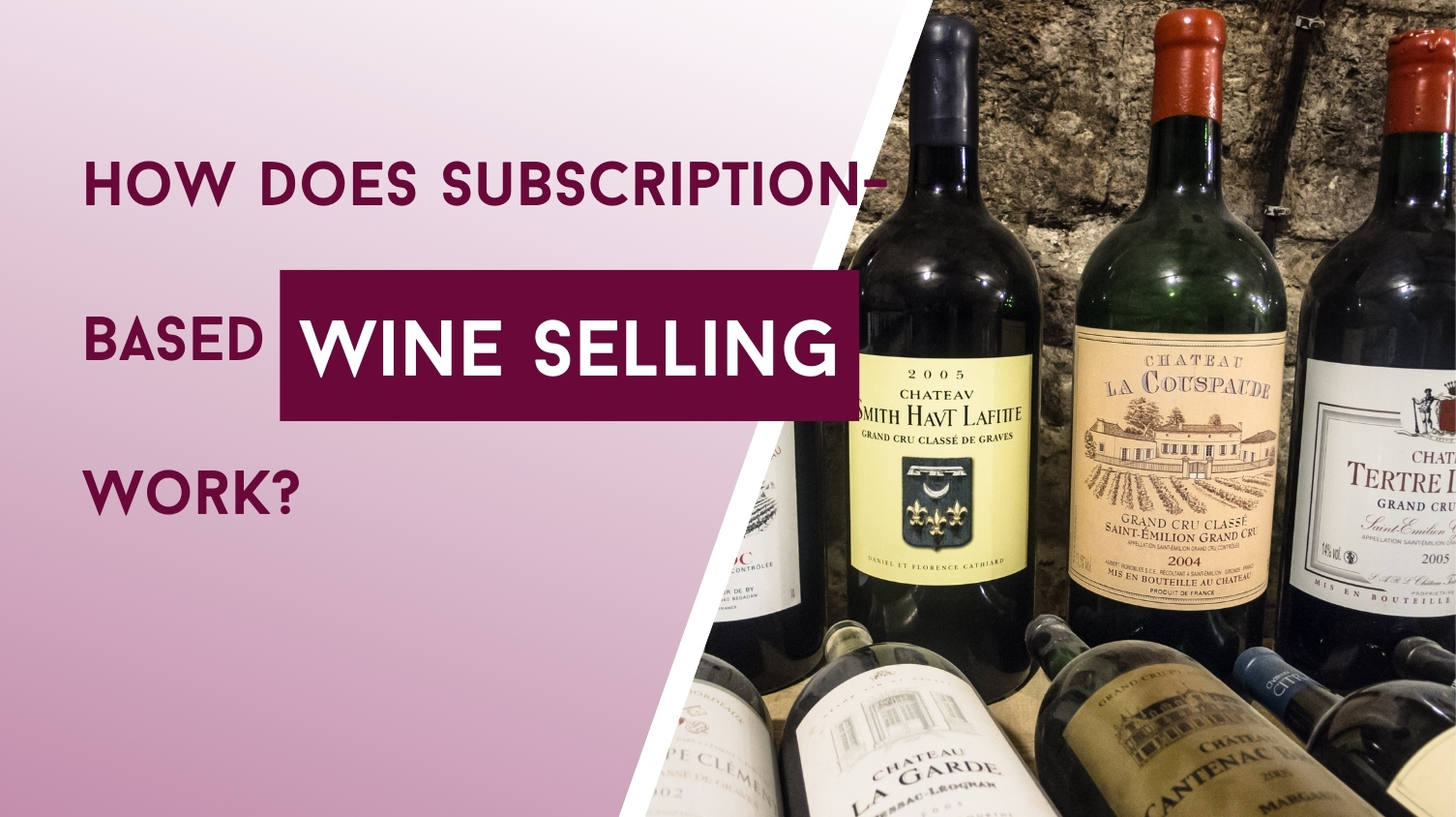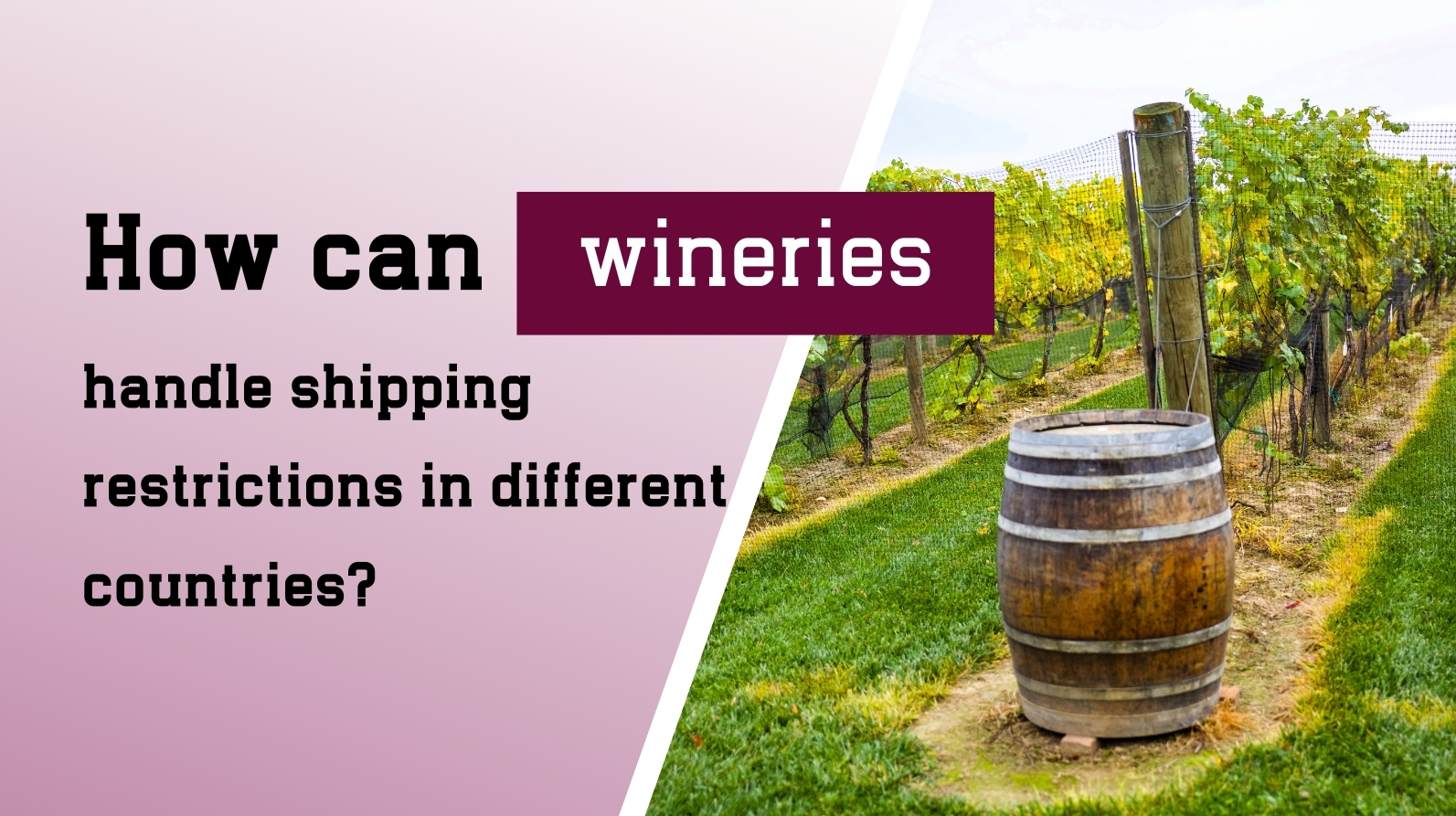Why Is the Wine Business So Expensive to Start and Run?
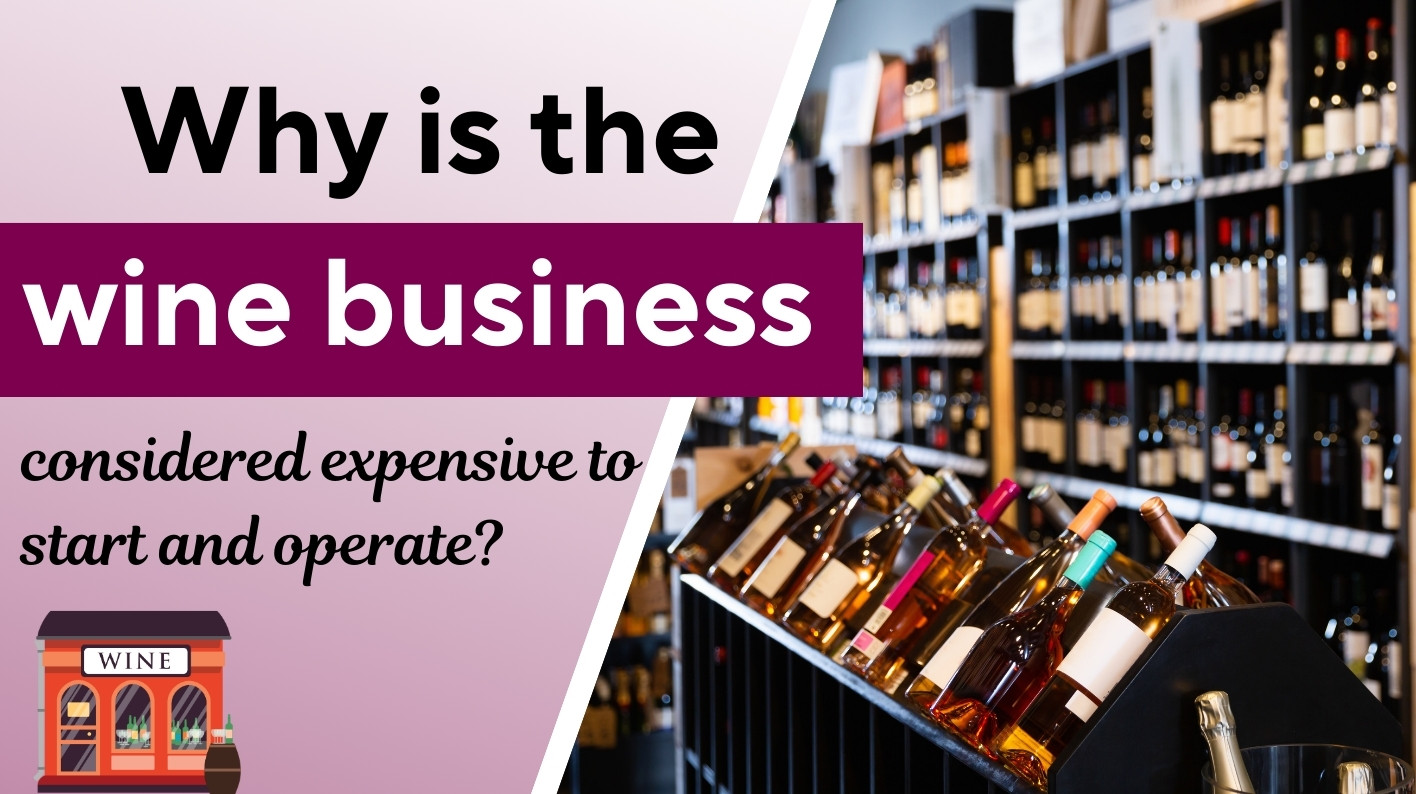
Understanding the High Costs of Starting a Wine Business
The wine business may seem glamorous, but behind the scenes, it’s an expensive and time-consuming industry. From buying land for vineyards to producing and selling wine, every step requires a lot of money. Unlike many businesses where you can see profits quickly, winemaking takes years before you can earn anything.
In this article, we’ll break down why starting and running a wine business costs so much.
1. Expensive Land for Vineyards
One of the biggest costs in the wine industry is land. To grow good grapes, you need land with the right soil, weather, and location. Some of the best wine regions, like Napa Valley in the U.S. or Bordeaux in France, have very expensive land because their grapes are famous worldwide.
Even if you don’t buy land in these high-end regions, preparing a vineyard is costly. You have to clear the land, plant the vines, and take care of them long before they produce any grapes.
2. It Takes Years to Grow Grapes
Unlike regular crops that grow in months, grapevines take three to five years before they can be used for winemaking. That means for several years, you're spending money on land, labor, and maintenance without making a single dollar.
Even after you harvest the grapes, winemaking takes time. Many wines need to age for years before they’re ready to sell, which means even more waiting before you see a profit.
3. Expensive Winemaking Equipment
Winemaking requires special machines and tools, such as:
Harvesters – Machines that pick grapes quickly.
Crushers and destemmers – To separate and crush grapes for fermentation.
Fermentation tanks – Made of steel or wood to store and ferment wine.
Bottling machines – To fill and seal wine bottles.
All of this equipment is expensive to buy and maintain. Small wineries that can’t afford machines have to rely on manual labor, which increases costs even more.
4. High Labor Costs
Making wine isn’t just about growing grapes. You need experts in different areas:
Viticulturists – Take care of the vineyard.
Winemakers – Oversee the fermentation and blending process.
Cellar workers – Handle bottling, storage, and quality checks.
Marketing and sales teams – Sell the wine and build the brand.
Skilled workers are expensive, especially in famous wine regions. Seasonal workers are also needed during harvest time, adding more costs to payroll.
5. Strict Government Rules and Taxes
The wine industry is highly regulated, meaning there are many rules and taxes to follow. Wineries must:
Label wine correctly – Include alcohol content, origin, and other details.
Pay high taxes and licensing fees – Alcohol taxes vary by country and state.
Meet health and safety standards – Wineries must maintain cleanliness and proper storage conditions.
If a winery doesn’t follow these rules, they could face fines or even be banned from selling their wine.
6. Costly Aging and Storage
Many wines, especially high-quality ones, need to age before they’re sold. This process requires:
Oak barrels – These cost $500 to $1,500 each and add unique flavors to the wine.
Climate-controlled storage – Wine must be stored at the right temperature and humidity to avoid spoilage.
The longer a wine is aged, the more expensive it is to store, increasing costs before any sales happen.
7. Expensive Branding and Marketing
Making great wine isn’t enough – people need to know about it! Wineries must spend money on:
Beautiful labels and packaging – A well-designed bottle attracts customers.
Wine tastings and events – Hosting tours and events helps promote the brand.
Advertising – Online ads, social media, and partnerships with retailers.
Established wineries already have a loyal customer base, but new businesses must spend a lot to get noticed.
8. Costly Distribution and Logistics
Getting wine to customers isn’t easy. Wineries have to deal with:
Wholesale partnerships – Selling to restaurants, wine shops, and grocery stores.
Export costs – Taxes, duties, and shipping fees when selling to other countries.
Storage and transportation – Wine must be shipped and stored at the right temperature to stay fresh.
For smaller wineries, getting their wine into stores or online marketplaces can be challenging and expensive.
9. Tough Competition
The wine industry is crowded, with thousands of wineries worldwide competing for customers. New wineries must compete with famous brands that already have loyal customers and strong distribution networks.
To stand out, wineries need to create unique flavors, great branding, and smart marketing, all of which require money.
10. Unpredictable Risks
Winemaking is risky because it depends on nature. Problems like bad weather, pests, and natural disasters can ruin crops and cause big losses. Even a single bad harvest can put a winery in financial trouble.
Consumer trends also change. Some years, people prefer red wine, while other years, white wine or rosé becomes popular. Predicting what customers will want in the future is tricky.
Conclusion
Starting a wine business is expensive and requires patience, expertise, and a lot of money. Costs come from buying land, growing grapes, purchasing equipment, hiring workers, following regulations, marketing, and distribution.
While mass-produced wines can cut costs, high-quality wines require significant investment at every step.

